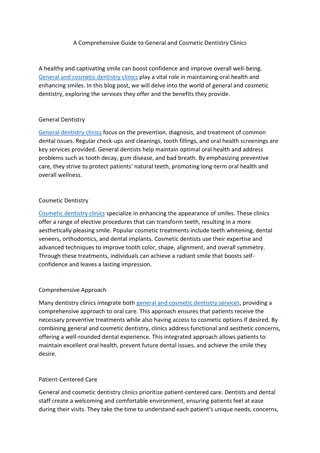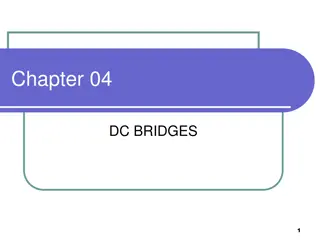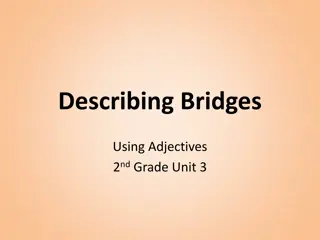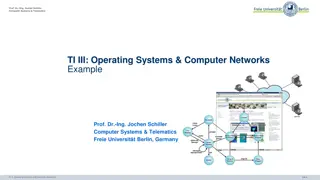
Understanding Visual Information Presentation
Explore the various forms of visual information presentation including infographics, graphs, and reports. Discover their structures, main themes, target audiences, and social functions. Ideal for those seeking to quickly comprehend complex information.
Download Presentation

Please find below an Image/Link to download the presentation.
The content on the website is provided AS IS for your information and personal use only. It may not be sold, licensed, or shared on other websites without obtaining consent from the author. If you encounter any issues during the download, it is possible that the publisher has removed the file from their server.
You are allowed to download the files provided on this website for personal or commercial use, subject to the condition that they are used lawfully. All files are the property of their respective owners.
The content on the website is provided AS IS for your information and personal use only. It may not be sold, licensed, or shared on other websites without obtaining consent from the author.
E N D
Presentation Transcript
CONJUNTO 2 6 ano
Unit 5 Infographic A visual representation of information, data, or knowledge that presents complex information in a clear and concise manner. Recurrent structure Can vary depending on the subject matter, but often includes statistics, trends, and comparisons. Main themes To provide a quick and easy way to understand complex information, and to communicate information in an engaging and visually appealing manner. Social function
Anyone seeking to quickly understand complex information, including readers of news articles, websites, and social media. Target audience Graphic designers, data analysts, and writers who work together to create an effective visual representation of complex information, often for news outlets, websites, and social media. Who produces it?
Unit 5 Graph A visual representation of data or numerical information that shows the relationship between variables. Recurrent structure Can vary depending on the subject matter, but often includes trends, comparisons, and relationships between data points. Main themes To provide a quick and easy way to understand complex numerical information, and to communicate information in an engaging and visually appealing manner. Social function
Anyone seeking to quickly understand numerical information, including researchers, analysts, and readers of news articles, reports, and presentations. Target audience Data analysts, researchers, and scientists who work together to analyze and present numerical information in a clear and concise manner, often for reports, presentations, and publications. Who produces it?
Unit 5 Report Recurrent structure Introduction, main body, and conclusion. Informing, educating, and analyzing a particular event or situation. Main themes To provide an account of an event, situation, or topic that is factual, unbiased, and informative to a particular audience. Social function
People who want to stay informed about current events or specific topics, such as politicians, journalists, researchers, and the general public. Target audience Journalists, reporters, correspondents, analysts, researchers, and experts in various fields. Who produces it?
Simple Present Unit 5 O simple present usado para descrever a es habituais, rotinas e fatos. I take the bus everyday at 7am. He drinks coffee at breakfast. Water boils at 100 C.
Afirmativa Aos verbos acrescentamos -s quando o sujeito he/she/it, levando-se em considera o a ortografia. Compare: I kiss You fix They watch I go You study He kisses She fixes He watches He goes She studies
Negativa Para formar a negativa, usa-se o verbo auxiliar do. Para he/she/it, o verbo auxiliar que recebe o -s. Veja: I do not/don t swim. They do not/don t run in the morning. She does not/doesn t drink coffee.
Interrogativa Para formar a negativa, usa-se o verbo auxiliar do antes do sujeito. Para he/she/it, o verbo auxiliar que recebe o -s. Veja: Do you like sports? Yes, I do. / No, I don t. Do they run on the weekends? Yes, they do. / No, they don t. Does he swim? Yes, he does. / No, he doesn t.
Unit 5 Adverbs of Frequency Adverbs of frequency s o utilizados para indicar com que frequ ncia uma determinada a o ocorre. Always He always arrives on time. Usually/Regularly I usually/regularly go for a run in the morning. Often They often visit their grandparents. Sometimes I sometimes forget my keys. Rarely/Seldom He rarely/seldom watches TV. Never I never drink coffee.






















